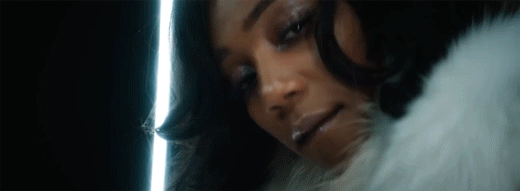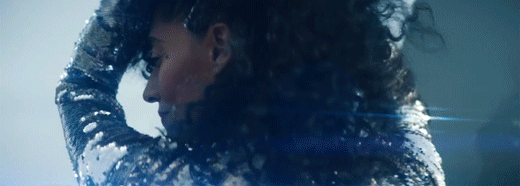Nice Or What
Drake is not a feminist icon. But “Nice For What” might just be added to my list of feminist anthems. In his music video, Drake celebrates successful women who work hard, make money, and love themselves—women we can both embody and look up to.
The song itself features a sample from Lauryn Hill’s 1998 “Ex-Factor” from her most famed album The Miseducation of Lauryn Hill. Hill’s album embodies black womanhood and the black female experience, two things often perceived as a disruption to the norm, solidifying its presence as a feminist text. On the one hand, Drake’s sample of Hill’s song illustrates an aspect of how he celebrates women. However, if he is being lauded for feminism while using Hill’s song, we should question why we are not instead praising Hill. The larger tension at stake that arises out of the use of Hill’s sample is that the power of genuine representation of female artists has the potential to be diluted when men portray women positively in order to uplift them. Why do we need Drake to uplift women who are already kick ass in their own right? The narrative in Hill’s album is still relevant today; when looking for accurate and empowering images of women, why don’t we just look to women first?
Twenty-two-year-old Karena Evans directed Drake’s music video, choosing to celebrate a group of diverse, talented, smart, hard-working, not to mention badass, women in the entertainment industry. A triple threat as a director, actor and writer, Evans was recently recognized for her cinematic, highly stylized work when she won the 2018 Lipsett Award and was the first female director to ever do so. She proves that when women direct, they can be portrayed with depth and complexity, instead of the overdone, oversexualized “video vixen.” Evans’s narrative in “Nice For What” helps flip the script on the way women have been historically objectified in misogynistic music videos.
“Nice For What” boasts a cast 15 accomplished women who, among other differences, represent a range of professions, races, and sexual orientations, allowing many different women to see themselves in the starring actresses, models, musicians, and artists in a way that hasn’t been done before. This cast is a rarity in the entertainment industry—it is not every day that a group of women is representative of our reality. Young girls may see themselves in ballerina Misty Copeland, who was the first African American female Principal Dancer in the American Ballet Theatre.
As someone who has faced adversity in the dance world due to the color of her skin and the shape of her body, Copeland has become a champion of racial, gender and body diversity. Aside from her dance repertoires, she authored Ballerina Body, a book that shows women how to achieve the “ballerina body,” while still promoting a healthy body image. One of the reasons I love “Nice For What” is for its representation of women who are not just the typical size two model. Young, athletic women are able to see someone like Copeland and find empowerment in through her unapologetic attitude.
The music video also captures Insecure writer, producer, and star Issa Rae standing her ground at a business meeting full of old white men in suits causing chaos and blatantly ignoring her. At one point, she boldly rolls her eyes, evoking a feeling that women who have had to vie for the attention of male colleagues know all too well. While anger is rightfully an often used tool against misogyny, Rae offers an alternative to fighting fire with fire by exerting her power when standing up for herself and telling the men to sit down in a mess of flying papers and yelling men.
In a third example, Yara Shahidi is shown hitting the books while wearing a sweatshirt from her future alma mater, Harvard University. The Iranian and African American 18-year-old is a trailblazer in the world of acting and activism, best known for roles in Black-ish and Grown-ish as well as for being the founder of Eighteenx18, an organization that to encourages young people to educate themselves on politics and vote in the 2018 midterm elections. Despite these major undertakings, Shahidi still manages to maintain her academic drive and pursue a rigorous education, proving that Black women don’t have to be portrayed as one dimensional. Needless to say, Shahidi serves as a role model for all young people with her ageless ambition, drive and passion, but especially for young women of color.
The women in this music video know they don’t always have to play nice, but they aren’t ever in competition with each other. Women are so often pitted against each other, whether it be in the media or in the workplace. Competition is seen as inherent in order to rise through the ranks. We have been conditioned to see our female contemporaries as opponents because, for so long, we have been excluded from so many spaces – so much so that we end up imposing rivalries on ourselves out of convention. In contrast, Evans gives each woman their own spotlight where they defy these entrenched gender norms. After all, there isn’t just one seat at the table.
By Lola Proctor
NYU Student, cool connoisseur and undercover revolutionary.








